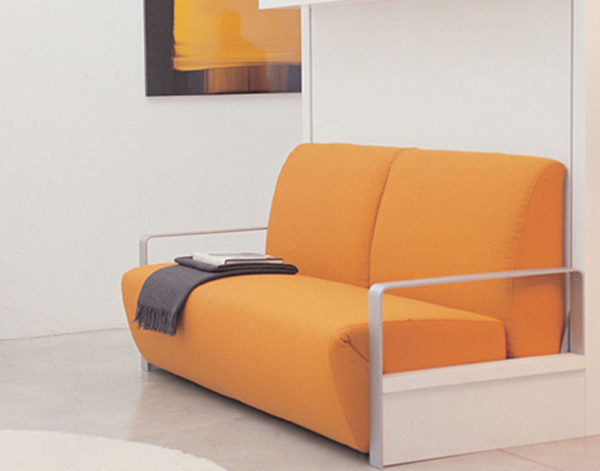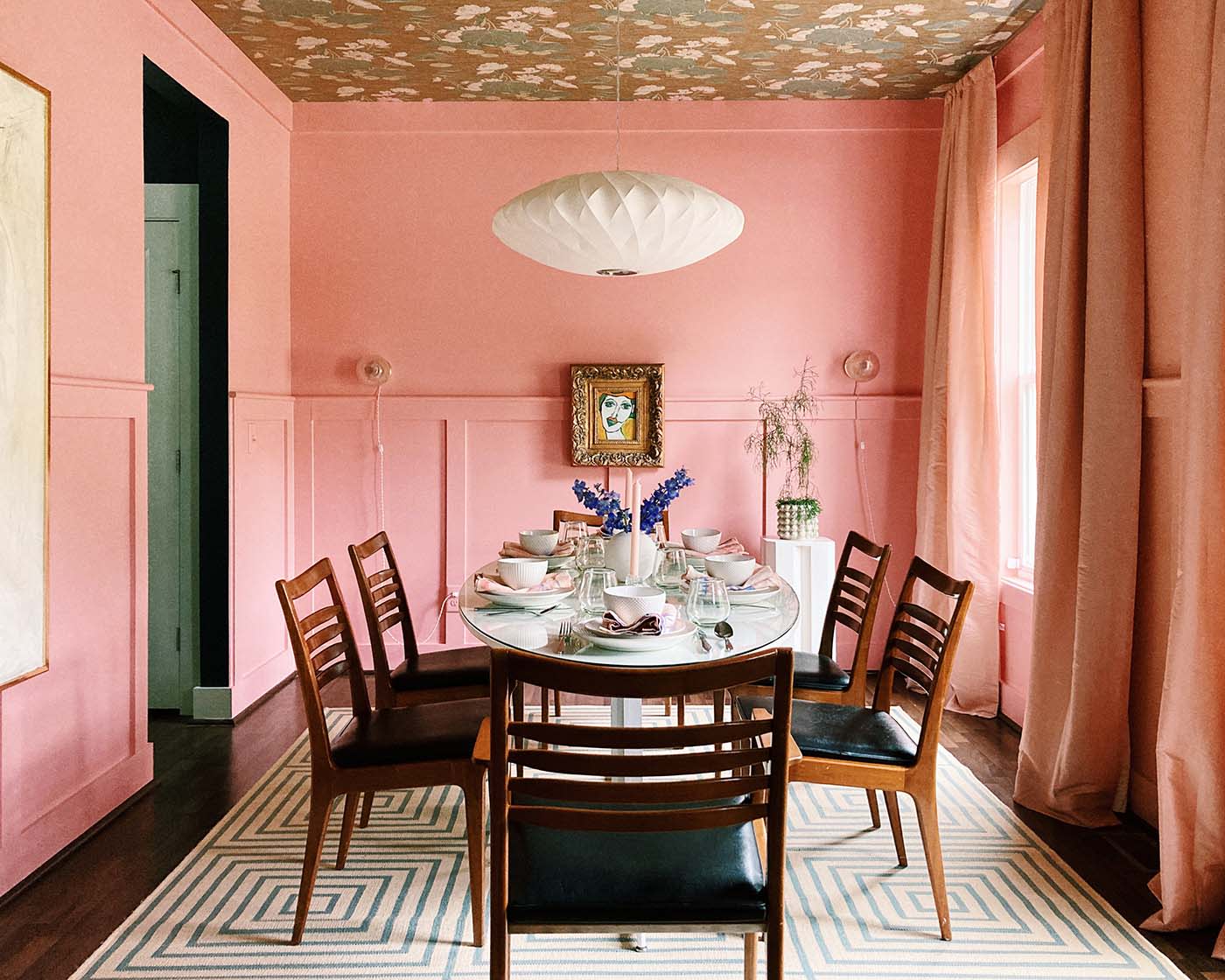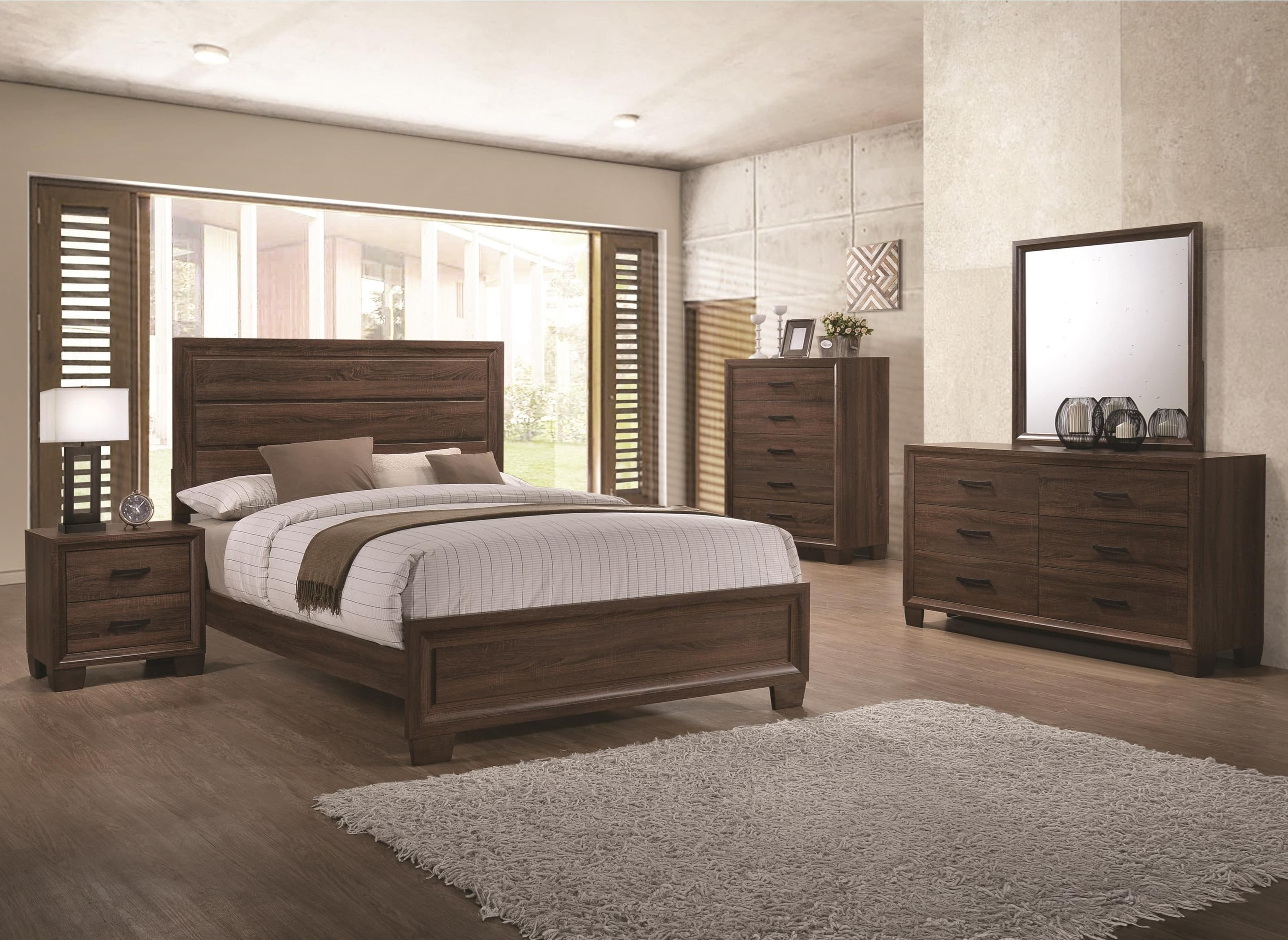South Indian Simple Village House Design
Every once in a while, it's great to appreciate the simplicity of South Indian Village House Designs. This particular type of traditional home design exhibits a minimalist yet powerful color palette. The exterior can be painted in beige, brown, or tan monotonous colors, and are usually finished off with a touch of white. These traditional South Indian village house designs often focus on being energy efficient and environmentally friendly, thus using high quality, locally sourced materials for windows and doors.
Inside the South Indian simple village house design, the spaces are kept cozy and comfortable. The furniture is usually made of wood, such as mango or teak, and can be painted or left natural. This historical design provides plenty of light throughout the house by making the most of natural elements. Additionally, it also retains its traditional appeal when the stonework is given attention. The use of small-scale sculptures and other decorations for the walls and corners solidifies its unique charm.
Traditional South Indian Village House Design
The traditional South Indian Village house Designs evoke a sense of nostalgia among homeowners. The architecture of the houses follows strict design principles inspired by the villages of southern India. This type of design focuses on creating an enclosure that consists of a courtyard or open space in the centre. For ventilation, windows are placed high up on the walls and large jalis (patterned stone screens) on the doors open up to create a ventilated space.
The walls are typically thick for soundproofing, with construction material including stone, mud, clay, and cow dung. Similarly, the flooring is made up of terracotta tiles, typically with intricate border designs. Furniture is also usually made out of wood and can be painted for extra flair. The villages also have a rich variety of crafts to decorate the traditional South Indian village house design , making for a unique, traditional one-of-a-kind design.
South Indian Vernacular Village House Design
Vernacular architecture utilizes the local climate and resources to create a style of building specific to a specific area. In South India, the South Indian vernacular village house design typically uses natural materials such as sunbaked mud and brick, and stone, as well as laterite and granite. The inspired design also encourages people to build their houses in the form of a square, which is then completed with a Nandi (bull) or Ramesh (elephant) made out of bricks.
Roofs use traditional styles such as gabled, saddled, and pyramidal. The roofs are often made out of terracotta tiles, with some houses having thatched roofs to increase ventilation. The interiors focus on functionality and are typically packed with furniture and decorations Sturdy doors and windows allow for ventilation and natural light to enter the space.
South Indian Eco-Friendly Village House Design
South Indian Eco-Friendly village house designs are becoming increasingly popular because of their respect for the environment and the locals. This respectful approach to design emphasizes the use of natural materials and materials that have been sustainably sourced. This is an excellent way to incorporate traditional architecture with modern, sustainable designs.
Windows are kept simple and made out of high-quality undecorated wood to preserve energy. Fences and doors are also made of natural materials such as bamboo, which promote ventilation and energy efficient living. Overall, South Indian eco-friendly village house design is a great way to maintain a harmonious relationship with the environment and still enjoy living in traditional style houses.
South Indian Decorated Village House Design
While some South Indian village house designs focus on function and energy efficiency, there are also designs that boast of decorative elements. These decorated South Indian village house designs are inspired by traditional elements, but can also be given a contemporary update. This style of design uses a mix of both classical and modern decorations to create a unique aesthetic that is both traditional and contemporary.
These decorated South Indian village house designs feature intricate wood carvings, inlay designs, beautiful walls, and decorative ceilings. The decor pieces often include motifs of gods and goddesses to bring prosperity to the house. Furniture pieces are also chosen with care so that the traditional design of the house is maintained.
South Indian Crafted Village House Design
South Indian village houses are renowned for their handcrafted designs. The art of craftsmanship can be seen in the intricately carved doors and windows, detailed jalis (patterned stone screens), and decorative walls. This South Indian crafted village house design incorporates styles from all over the country, including Karnataka, Kerala, and Tamil Nadu. This eclectic mix of styles creates an interesting narrative within the space.
The intricate carvings are mostly done in wood, which is an affordable material. Furniture is also crafted with intricate detail, and can be painted in bright colors if desired. Other crafts, such as terracotta toes, are also incorporated into the design. These crafted designs are a great way to add character and create a unique atmosphere for the house.
South Indian Contemporary Village House Design
Contemporary South Indian village house designs combine traditional elements with modern materials and technologies. This approach to design helps to maintain the traditional essence of the design while introducing more modern elements. Contemporary materials such as steel and glass can be used for doors and windows, while the walls can be painted with bright colors or decorated with art.
Furniture choices such as leather, wicker, and plastic can be modernized while still being of traditional design. Additionally, this South Indian contemporary village house design incorporates energy-efficient concepts to ensure that the home is cost effective and environmentally friendly.
South Indian Eco-Conscious Village House Design
South Indian Eco-Conscious village house designs focus on sustainability and energy-efficiency. These eco-conscious designs are informed by traditional Indian architecture but are utilized in a modern context. This type of design encourages the use of local, renewable, and non-toxic materials.
The main theme of the South Indian eco-conscious village house design is to preserve the environment while making sure the house is comfortable and affordable. To do this, the design often integrates energy-efficiency features such as solar panels, efficient water collection systems, and even natural ventilation techniques. In addition, the use of eco-friendly materials, such as stone and bamboo, is an important factor for eco-conscious village house designs.
South Indian Wooden Village House Design
Wooden South Indian village house designs offer a peaceful and serene atmosphere. These designs are inspired by traditional Indian craftsmanship and focus on using natural materials like wood and stone to create the perfect space. This type of design also incorporates energy-saving designs, such as natural ventilation techniques, to ensure that the home is comfortable and cost-effective.
The South Indian Wooden village house design also incorporates plenty of wood for furniture, floors, and walls that make for a cozy yet stylish atmosphere. Other materials used in these designs include mud, clay, metal, glass, and terracotta tiles. The walls and ceiling can be painted with warm and neutral tones, while the carpets and rugs bring out the softer shades from the wood. This warm atmosphere is great for entertaining guests.
South Indian Rural Village House Design
South Indian rural village house designs focus on combining the traditional village houses with modern amenities. This type of design utilizes traditional materials such as stone and clay as well as modern materials such as steel and bamboo. Windows and doors are usually made out of high-quality wood, and are often decorated with small-scale sculptures.
The use of terracotta tiles on the floors and walls help to create a comfortable atmosphere. The walls can be painted with bright colors or left natural to ensure that the South Indian rural village house design maintains its traditional appeal. Additionally, the use of simple furniture pieces and vintage accessories give the house character and make it stand out from the rest.
Embracing Tradition: Rooted in South Indian Village House Design
 South Indian village house designs are firmly rooted in the traditional and regional culture of the country. From the use of plants and creepers to natural material selections and homegrown designs, these homes often feature a unique blend of rural and urban influences that create an inviting environment. Traditional elements of South Indian village house designs include the use of wood, stone, and terracotta; woodworking, cane-work, and sculpting; and decorative plants and foliage.
South Indian village house designs are firmly rooted in the traditional and regional culture of the country. From the use of plants and creepers to natural material selections and homegrown designs, these homes often feature a unique blend of rural and urban influences that create an inviting environment. Traditional elements of South Indian village house designs include the use of wood, stone, and terracotta; woodworking, cane-work, and sculpting; and decorative plants and foliage.
Multifunctional Furniture and Living Areas
 Common furniture pieces in South Indian Village house designs are also multifunctional. Tables, for example, are crafted in such a way that they can be used for dining, writing, or other tasks. In this way, each piece of furniture can serve many different purposes. Similarly, living areas are designed to be multifunctional. This allows various family members to do different activities in the same space.
Common furniture pieces in South Indian Village house designs are also multifunctional. Tables, for example, are crafted in such a way that they can be used for dining, writing, or other tasks. In this way, each piece of furniture can serve many different purposes. Similarly, living areas are designed to be multifunctional. This allows various family members to do different activities in the same space.
Plenty of Natural Light and Airflow
 South Indian villagers naturally favor designs that offer plenty of natural light and airflow, which are important for keeping inhabitants cool and comfortable. Extensive outdoor spaces are often used to create covered terraces that can provide extra ventilation. High windows and arched entrances provide additional natural light. Walls are typically low in order to keep rooms well lit and to maintain maximum airflow.
South Indian villagers naturally favor designs that offer plenty of natural light and airflow, which are important for keeping inhabitants cool and comfortable. Extensive outdoor spaces are often used to create covered terraces that can provide extra ventilation. High windows and arched entrances provide additional natural light. Walls are typically low in order to keep rooms well lit and to maintain maximum airflow.
Unique Aesthetics and Earthy Materials
 South Indian village house designs are known for their unique aesthetics and earthy materials. Typical features like courtyards, fireplaces, and verandahs create spaces where people can relax and visit. Earthy materials such as mud, stones, and wood are chosen to give the homes a natural, rustic feel. Enclosed spaces like the kitchen and the bathroom are typically designed in a traditional style and decorated with handmade items like pottery.
South Indian village house designs are known for their unique aesthetics and earthy materials. Typical features like courtyards, fireplaces, and verandahs create spaces where people can relax and visit. Earthy materials such as mud, stones, and wood are chosen to give the homes a natural, rustic feel. Enclosed spaces like the kitchen and the bathroom are typically designed in a traditional style and decorated with handmade items like pottery.
Authentic Experience and Sense of Community
 South Indian village house designs are all about offering an authentic experience and creating a sense of community. The rooms are generally arranged to promote the exchange of ideas and conversations amongst the inhabitants of the house. As much as possible, these homes are designed to honor tradition and showcase local culture and art. At the same time, modern amenities like electricity and water are made available in order to meet the needs of the inhabitants.
South Indian village house designs are all about offering an authentic experience and creating a sense of community. The rooms are generally arranged to promote the exchange of ideas and conversations amongst the inhabitants of the house. As much as possible, these homes are designed to honor tradition and showcase local culture and art. At the same time, modern amenities like electricity and water are made available in order to meet the needs of the inhabitants.































































